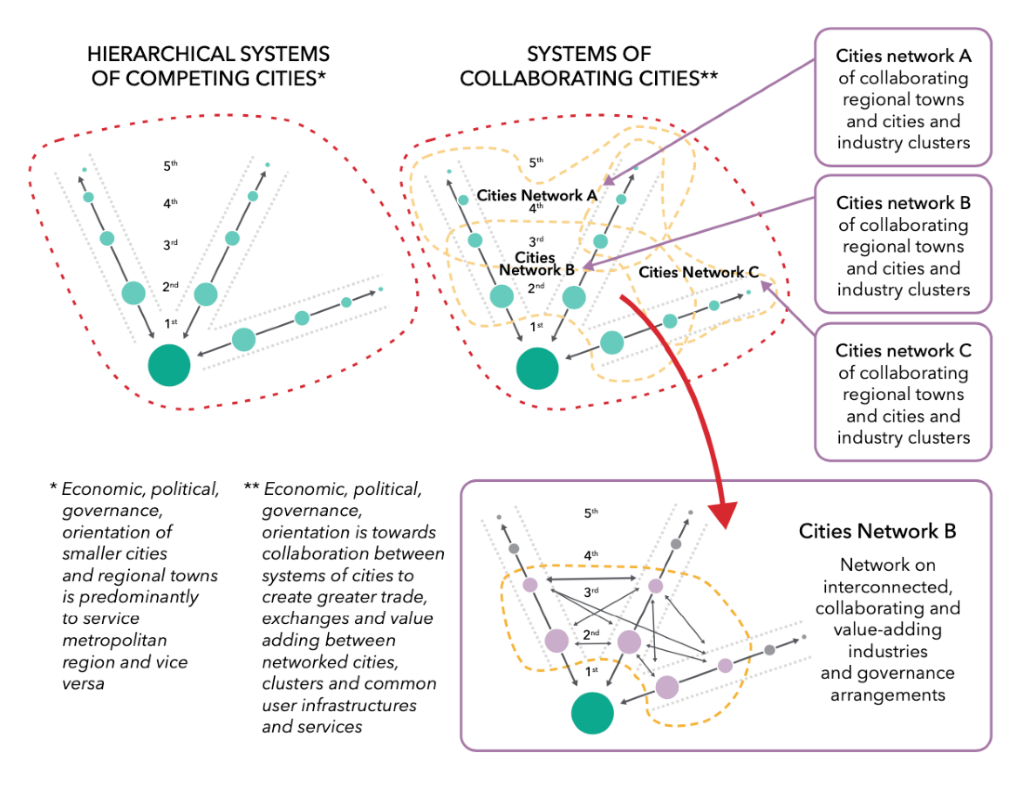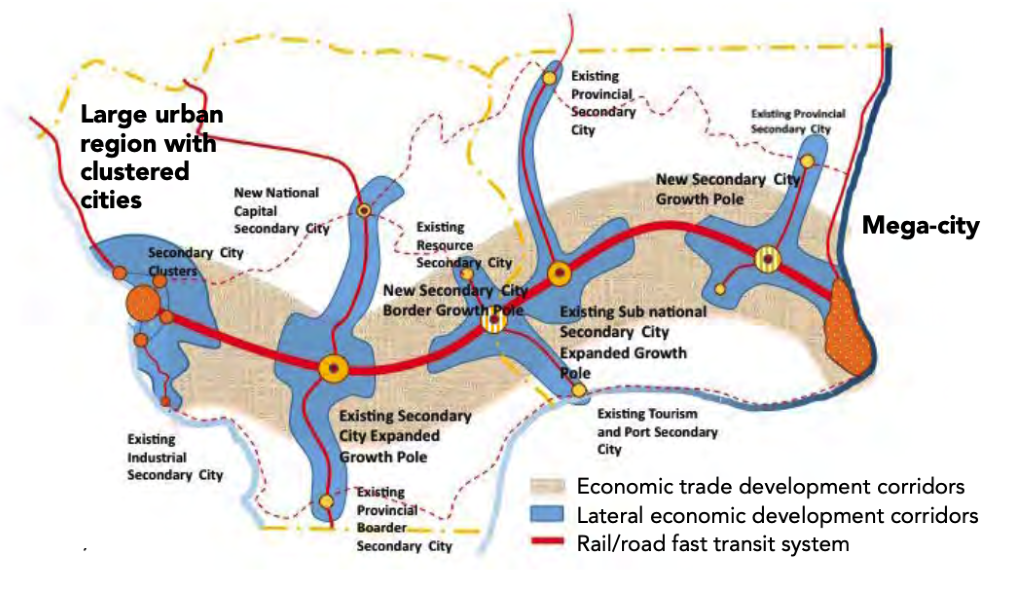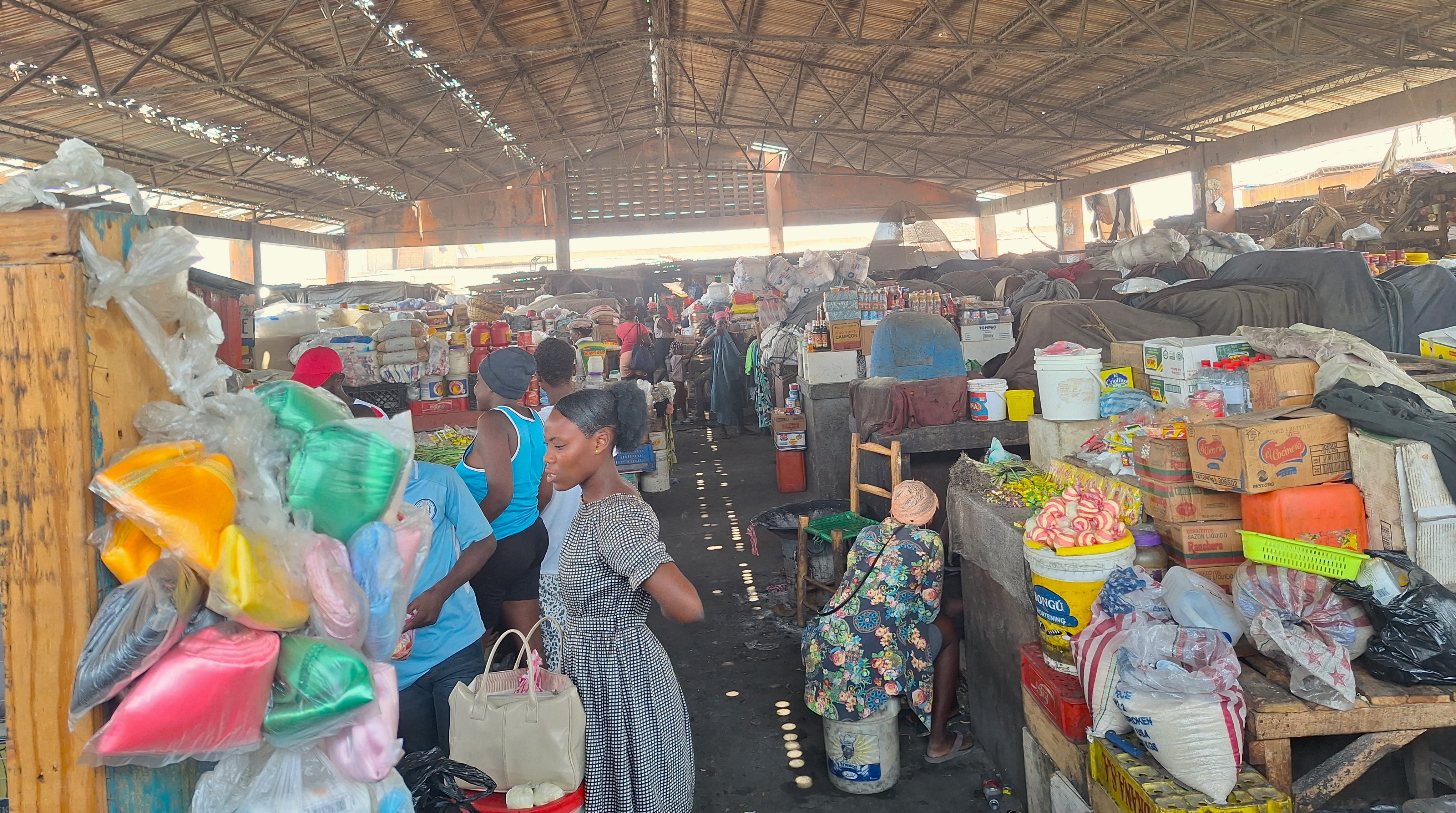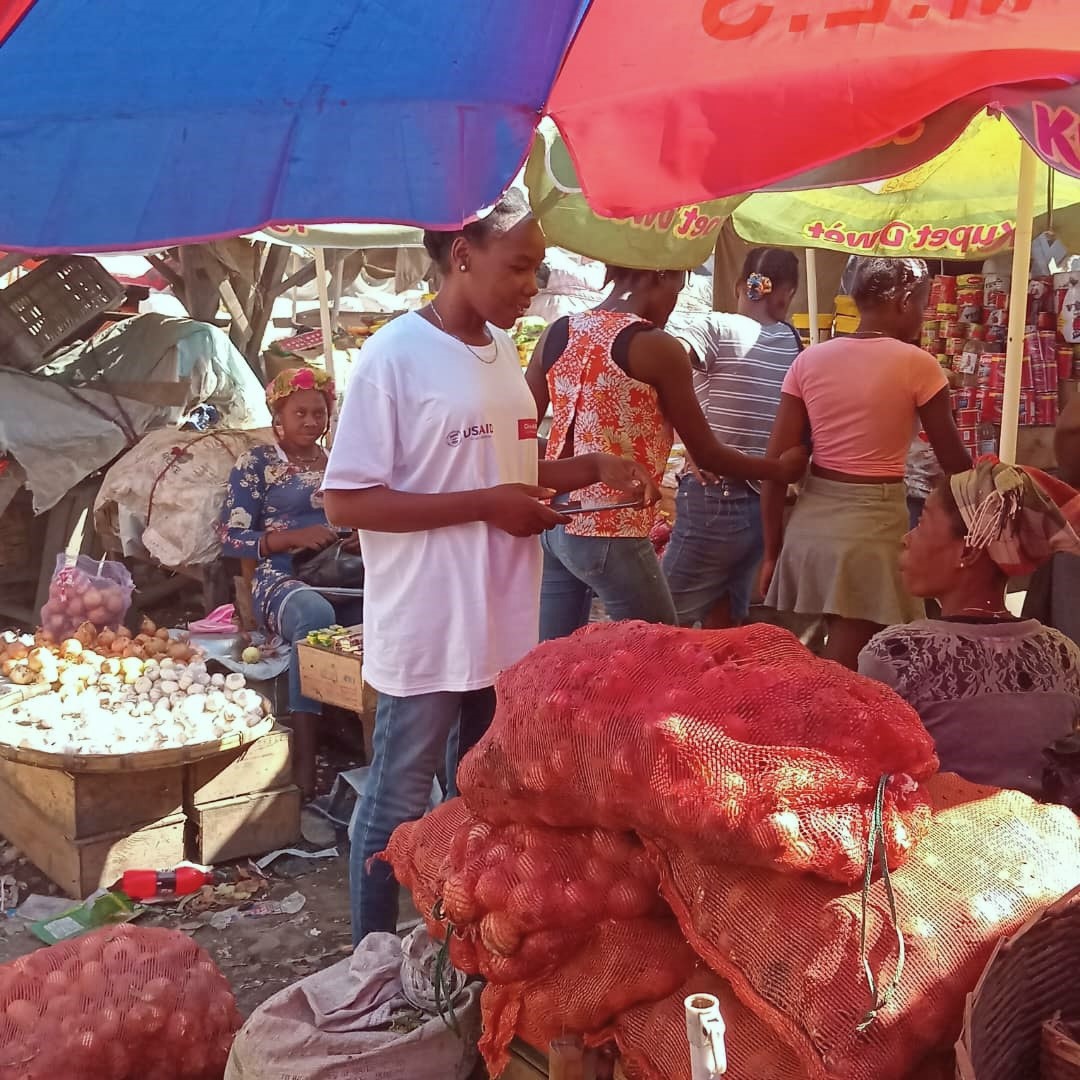Download the book - Watch the launch webinar
Secondary Cities: How Hard and Soft Infrastructure can Improve Collaboration and Support Competitiveness to Achieve Equitable Growth
During the last four years, the Cities Alliance Joint Work Programme on Equitable Economic Growth in Cities has thoroughly examined the development trajectories of secondary cities. The book Connecting Systems of Secondary Cities, already published in English and Chinese, investigates some of the alternative growth models and factors that systems of secondary cities should consider in order to collaborate and network effectively.
We are now launching the Spanish version of the book, which provides extensive knowledge on systems of secondary cities, their development constraints and opportunities within the Latin American context. In this version of the book, Professor Brian Roberts looks more in detail at some Latin American examples of systems of secondary cities in Colombia, Chile, and Argentina. Some of these case studies are also briefly introduced in this article.
Without an understanding of the socio-spatial processes that occur in intermediary cities, it is difficult to imagine sustainable development processes in these urban areas
Secondary cities hold a key role in the flow of people and goods within and across countries. They usually have a population ranging from 100,000 and 1.5 million, host 20 per cent of the global population and deliver crucial governance and socio-economic services. They act as regional capitals, specialized industrial centres, and university poles and are crucial in reducing the urban-rural gap.
In the meantime, secondary cities face many challenges including lack of infrastructure and services, weak governance and enabling environments, land management issues and difficulty in attracting investments and jobs, especially in emerging economies.
The main issue concerning secondary cities is the disparity in terms of investments, fiscal transfers and infrastructure spending in comparison with larger metropolitan cities. This is particularly relevant in Latin America, where more than half of the countries are characterized by monocentric urban systems. For instance, Buenos Aires metropolitan areas host 36% of Argentina’s population and generate 45% of the national GDP.
The LAC region has high levels of informal economy and is underdeveloped in terms of internal connectivity infrastructure: 60% of the region’s roads are unpaved. These issues contribute to the high levels of disparity between capitals and secondary cities. In general, it is estimated that, by 2025, 600 major urban centres, accommodating a fifth of the world’s population, will generate 60 per cent of the global GDP, while smaller cities, with 30 per cent of the world’s population will be responsible for just the 15 per cent of the global GDP.
The extraordinary growth of metropolitan areas will also further increase the population living in informal settlements. Therefore, governments at all levels should introduce new policies to foster the equitable growth of secondary cities, decrease the pressure on metropolitan areas and contribute to reducing the inequality gap.
Systems of Secondary Cities, Collaboration, Competitiveness and Connectivity
In order to advocate for their economic and social priorities, secondary cities have started to increase the level of collaboration amongst each other and to reunite in systems and networks.
Collaboration between secondary cities is essential to overcome scale issues and share the high costs of infrastructure and services. Systems of secondary cities can gradually generate sub-markets and value-adding opportunities that enable them to compete against the metropolitan cities’ products and services.
According to the author, there are three main categories of systems of secondary cities: regional, clustered and corridor cities. The Spanish version of the book provides examples for each of them.

Regional Networks of Secondary Cities
Regional secondary cities are usually characterized by a central hub and are surrounded by smaller cities and towns. They can have a sub-national governmental role, with different types of industries and a variety of economic focuses. The Colombian Coffee Triangle region is one of the cases presented in the book. The triangle has a population of 2.5 million and it comprises three secondary cities: Manizales, Armenia and Pereira. Once competitors with economies based on coffee cultivation, the three urban areas started to diversify their economies after a devastating earthquake in 1999. The specialization in different sectors – tertiary education for Manizales, industrial activities for Pereira and tourism for Armenia – together with the improvement of transport infrastructure connecting them, have created positive interdependencies, cooperation and socio-economic benefits.
Clustered Secondary Cities
Clustered secondary cities usually surround metropolitan centres and are often the result of the growing urban population that spills over to the territory of pre-existing neighbouring towns. If not properly planned, they can easily become unsustainable areas due to the overloading of existing infrastructure and uncontrolled spreading of informal settlements. A virtuous example is the Great ABC Region at the South-East border of São Paulo in Brazil. The region is composed of seven local governments with a total population of 2.7 million and three main secondary cities: Santo André, São Bernardo do Campo, São Caetano do Sul. The municipalities are highly interconnected and have a strategic position between São Paulo and the harbour of Santos. The Great ABC currently hosts 24,000 companies that employ around 26% of its economically active population, while just 13% works in São Paulo. If the ABC region would be a city, it would generate the fourth GDP of the country just behind São Paulo, Rio de Janeiro and Brasília (Consorcio Intermunicipal Grande ABC).
Corridor Secondary Cities Networks
Corridor secondary cities are formed by multiple expanded towns that have been linked along a transportation route to becoming a linear city. They can stretch for kilometres through commercial, industrial or touristic corridors and they provide services and products necessary to the corridor's users. Corridor secondary cities networks can also extend across nations and include cross-border cities that are significant hubs with trade and logistic purposes. The Southern Mercosur Economic Development Corridor between Chile, Argentina and Brazil is an emerging corridor responsible for the development and connection of multiple secondary cities such as Valparaiso and San Antonio in Chile, Mendoza, Cordoba, Santa Fe and Rosario in Argentina, Porto Alegre, Florianópolis and Curitiba in Brazil.

The role of hard and soft connectivity infrastructure
While based on different sectors, size and geographical contexts, all the previous case studies share one feature: a degree of collaboration among secondary cities. Cooperation among secondary cities allows them to generate critical mass and resources to collectively share risks, conduct R&D activities, innovate and create value-adding products and services that would not be possible if they were existing singularly.
The development of hard infrastructure in the form of transformation and ICT systems, pipelines, or logistic hubs to connect secondary cities is the first step to increase cooperation; however, it is not the only one. Soft connectivity assets in the form of regional knowledge, information and business networks, communities of interest and collaborative governance systems are also necessary to provide secondary cities population with the competencies to ensure effective collaboration.
Only through the balance of hard and soft infrastructure development secondary cities will finally manage to engage in cooperative approaches and work together to reduce the prosperity gap with metropolitan regions.
A version of this article has also been published in English and Spanish by the Inter-American Development Bank.





